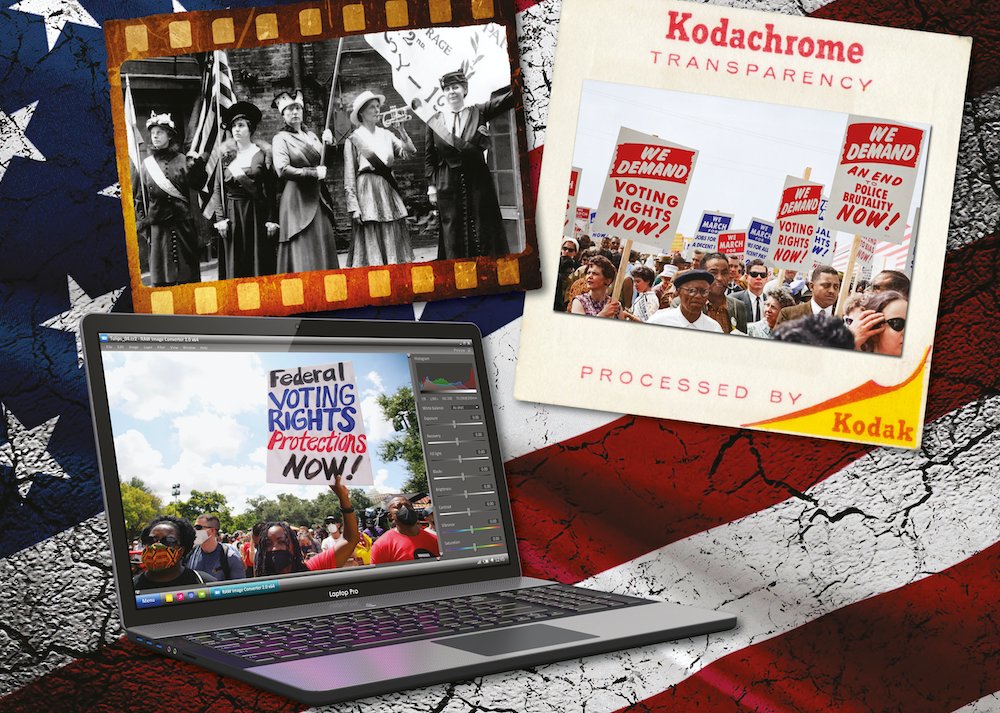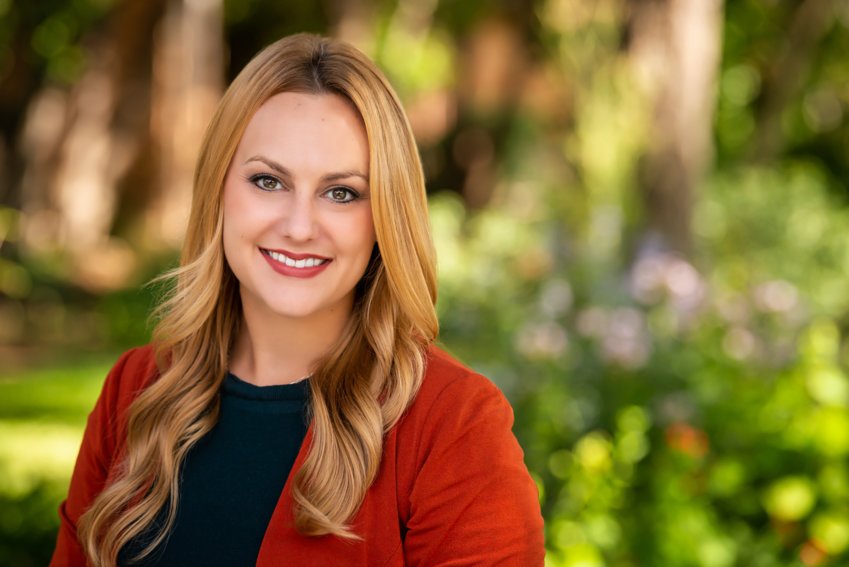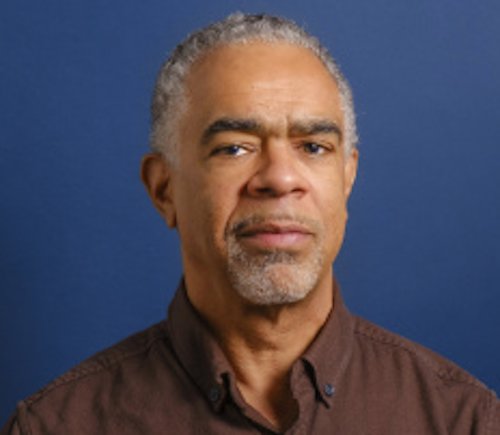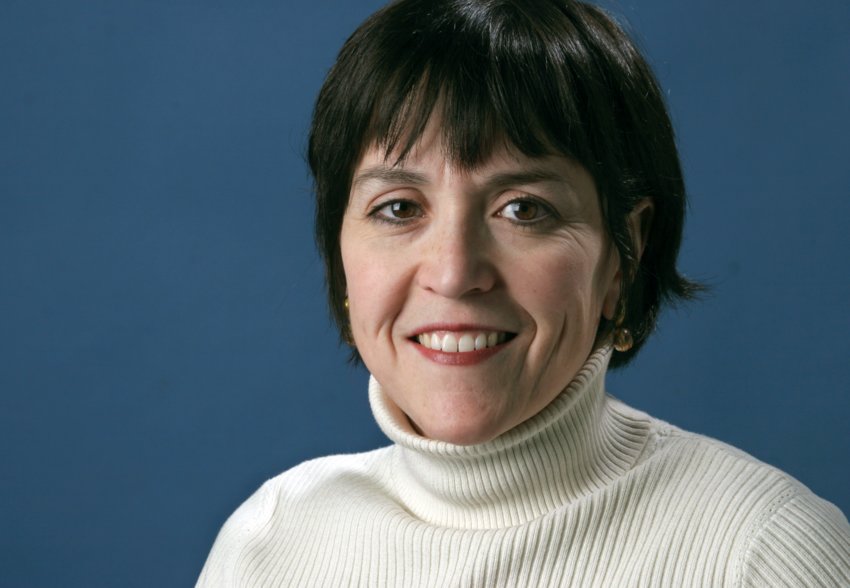
Democracy is always messy — and American democracy may be the messiest. In our constant effort to form “a more perfect union,” intricate voting rules and procedures put in place to protect that right (or gain a partisan advantage) are understood by few, except those who labor in the complex state and county election bureaucracies and who do their best to administer that process.
No wonder journalists and news outlets have so much trouble understanding and reporting about voting rights in an age of bitter bipartisanship and political nerves rubbed raw by the upheavals of the past six years. Nonetheless, many news outlets, journalists and editors are dedicated to overcoming the challenges of reporting on voting rights.
The reapportionment of congressional seats based on the 2020 U.S. Census adds to the burden of reporting on the 2022 midterm elections. News outlets have already been rife with stories about zealous gerrymandering. The changes to these district boundaries are causing many voting blocks, especially people of color in southern states, to react with protests and litigation to what they perceive as conscious discrimination.
In the Brennan Center for Justice at New York University School of Law’s January 2022 report, "Redistricting: A Mid-Cycle Assessment," authors Michael C. Li, Harry Isaiah Black, Peter Miller and Chris Leaverton noted that if Congress passes the Freedom to Vote: John R. Lewis Act, then much of the extremely bipartisan gerrymandering could be reversed.
However, as of the writing of this article, that act and others addressing voting rights are stalled in Congress. With less time and fewer Congressional sessions between now and the November election, the passage of these acts and the resolution of many pending court cases before the 2021 midterms are diminishing.
When the nuances are the news

Another factor affecting voting rights coverage is the contraction of newsrooms and news staff in newspapers and other news outlets of all sizes across the country. Jessica Huseman, editorial director at Votebeat, a nonprofit news outlet and former reporter with ProPublica, certainly agrees.
“During the past, reporters didn’t have to understand the nuances of the voting and election process in their state or local community,” said Huseman. “Now that county clerks and election officials have been thrust into the harsh glare of public scrutiny and too often become the story, smaller newsroom staffs simply don’t have the time to report on those nuances.”
According to Huseman, reporters must respect the tireless work of clerks and election officials and acknowledge that they are not highly trained professionals. Many don't have the IT support they need, and election rolls in many states haven't been well-centralized.
“County reporters are now covering how the ballot mailing system works and how those votes are counted and audited. The state of politics and the voting process during the past decade and certainly during the 2020 election have made voting machines, how they work and the companies that manufacture them also major storylines. All adding to the difficulty of reporting on voting rights,” said Huseman.
Huseman also emphasized that the news media can be just as befuddled and misled by the ever-increasing volume of misinformation. Bipartisan news outlets then echo and amplify the misinformation, only adding to journalists' and the public's confusion and increasing their mistrust of politicians, the system and news sources.
In a post in a recent issue of Votebeat's weekly newsletter, Huseman cited the North Carolina State Board of Elections as a proactive example of election officials providing more detailed information to reporters. Its extensive website includes data about logic and accuracy testing and ballot proofing, as well as a compilation of current misinformation in its "Mythbuster Monday" posts to stop that erroneous information from spreading. Plus, the head of the board is a former journalist.
Although Huseman is very involved with reporting on voting rights, she was even unaware this information was available from state or county boards of elections. This creates a disconnect between election officials, who have these details readily available for news outlets and reporters who seldom ask for them because they don’t know they exist.
Huseman also shared a few recommendations for election boards and officials to strengthen their connection with journalists. They can more easily understand the local voting process and provide the public with more accurate information. Reporters can also be proactive by sharing these recommendations with their local election contacts.
Huseman added that the major and complex changes many states have made to their election and voting laws are also challenges for journalists and news outlets, often leading to "non-stories." For example, she cited the Texas legislature's emphasis on 24-hour voting appeared to be a statewide issue but only applied to a single county and, therefore, had little or no effect across the state. Another “misinformation story” was the passage of a new voting law in Georgia that disallowed food and water distribution to people waiting in line to vote. However, its purpose was not to deny those people food and water but to prohibit political organizations from distributing those items to sway voters.
Refocusing the reporting on voters, not horseraces
In any election cycle, the primary news stories are almost always about the head-to-head competition between candidates. Undoubtedly, it's easier for reporters and news outlets to provide the public with a black-and-white perspective.

Tony Marcano, managing editor at KPCC Public Radio/LAist in Los Angeles and his team are trying to de-emphasize the horserace aspect of elections by pivoting their coverage to the voters. He has recently hired a civics and democracy correspondent from the current staff. The job description is “developing a beat that looks at what’s eroding the underpinnings of our democratic processes and elevates the voices of voters.”
“Our approach is not new, but we want to extend coverage across multiple beats about how elections affect people’s lives,” said Marcano. “The new civics and democracy correspondent’s work will be supplemented and supported by a producer on the community engagement team who specifically assigns civic and democracy content.”
In his January 2022 article for Nieman Lab, from an original post on Medium, Marcano stated, “Covering politics from an institutional perspective can be a trap." Based on his experiences and those of his team, the sources (political parties and campaigns) too often set the agenda of what reporters cover and what news media publishes.
“We want to set the agenda according to the perspective of the voters, not the campaigns," said Marcano. "For decades, politics and voting rights have been reported in a certain manner, and you can't change the deep-seated mindsets of reporters and editors overnight. Our goal is to provide a distinctive, unique perspective and not be driven by other media.”
Marcano shared an example of a recent story from the team's housing reporter. A local rental assistance program was ending, and that could have been just a straightforward article explaining the details. Instead, the housing reporter went to an event where renters affected by the end of the program could register for other forms of rental assistance. The reporter talked with them to discover how the end of the rental assistance program affected them and shared their stories.
Not only is Marcano and his team’s new approach gaining traction with the public, but also KPCC/LAist has received inquiries from other news outlets about the success of the engagement team. Marcano has been conducting seminars about how to use engagement practices to build audience trust. He welcomes other news outlets to contact him to learn more about how KPCC/LAist is changing how it reports on voting rights by reporting on voters.
Local politics through a national lens
As the old saying goes, "All politics are local." Today, it may be truer than ever as the battlelines to save American democracy and protect everyone's voting rights are drawn across many U.S. states and local communities.
Although metropolitan and community news outlets are reporting directly from those battle lines, so are the national news media, including The Washington Post. Like The New York Times and the Wall Street Journal, The Washington Post is often perceived as only covering these issues from the national level. They do publish stories for a broadly-based audience. Still, as more of their readers access these papers online, the content must also report on specific voting rights issues in communities across the country.

The extreme political divisiveness primarily perpetrated by the 2020 election and the false claims of it being stolen has made reporting on voting rights a challenge for Amy Gardner, national political reporter for The Washington Post. She has often found herself on those local political battle lines, from covering the 2010 midterms to the days of the Tea Party to the Republican presidential nominations for the 2012 election.
“Interviewing voters at a polling place can be particularly difficult. As soon as some hear I’m with The Washington Post, they are sometimes hostile because they think the 2020 election was stolen and our reporting is biased,” said Gardner. “I try to explain I need perspectives from people representing the entire political spectrum to write a well-rounded story.”
Although Gardner is also a member of The Post's new Democracy Team, she does collaborate with its members in their coverage of local politics and voting rights. The Team is a new initiative of the paper, and it is assigning journalists to Georgia, Arizona and the upper Midwest, where the battle lines are most volatile.
Gardner agrees that the evolution of local news media, especially newspapers, has made it more challenging to report on voting rights. With more communities losing their local newspapers and becoming "news deserts," voters do not have access to in-depth coverage of candidates and issues that directly affect those communities.
The savviest and most professional journalists, such as Gardner, Huseman and Marcano, and their news organizations and others, understand they have a responsibility to explain the complexities of the voting rights issue to their readers, regardless of how messy the process has become. That explanation is essential for Americans to perform their most important civic duty and continue to forge our “more perfect union.”
Bob Sillick has held many senior positions and served a myriad of clients during his 47 years in marketing and advertising. He has been a freelance/contract content researcher, writer, editor and manager since 2010. He can be reached at bobsillick@gmail.com.
Comments
No comments on this item Please log in to comment by clicking here